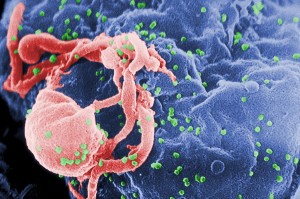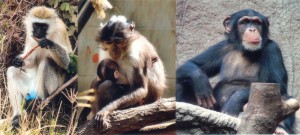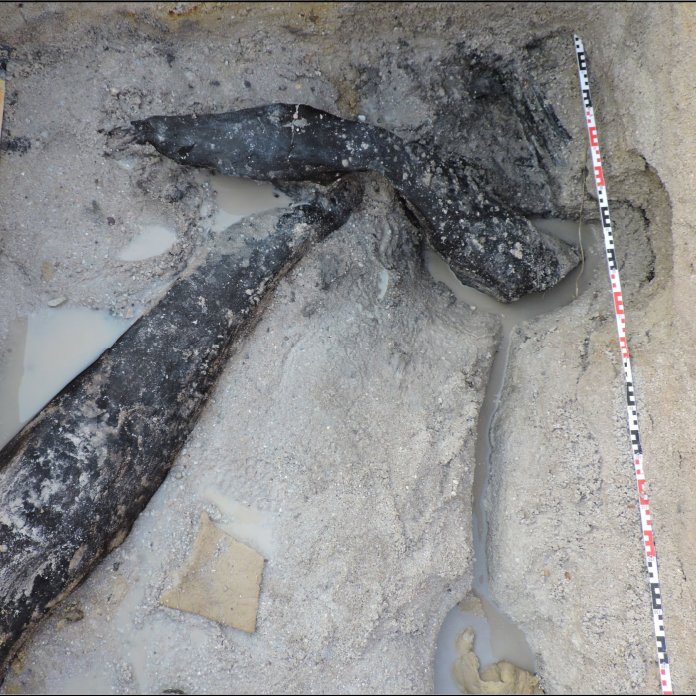Happy Fun Science FRIEDay
After a hiatus, I hope to get back to regularly writing these pieces. This week I was particular inspired to focus on an article I read about the discovery of the origins of the human immunodeficiency virus (HIV) and subsequently the origins of AIDS.

Photo Credit: Centers for Disease Control (CDC)
AIDS burst onto the scene like a bat out of hell, wreaking havoc on an unsuspecting human population. First recognized in the early 1980s by the Centers for Disease Control and Prevention, better known as the CDC), AIDS went on to cause approximate 36 million deaths globally becoming one of the most devastating diseases in human history. But where did this affliction come from and what were the chain of events that led to the pandemic?
Through research findings in the late 1990s and mid 2000s, it is now commonly known that HIV originated somewhere in central Africa due to contamination from Apes. However, recently Nuno Faria from the University of Oxford, and an international research team, pinpointed exactly where in Africa HIV originated, when this occurred, and how the global pandemic resulted.

Photo Credit: Graham Colm
Faria et al. recreated the genetic history of the epidemic using gene sequencing and phylogeographic techniques, determining that the scourge broke out in 1920 in Kinshasa, the capital of what is now the Democratic Republic of the Congo. They then compared this result with historical data to explain how from a single contamination by a chimpanzee HIV spread globally to humans, as the urbanization and the development of transport, particularly railways, made Kinshasa one of the most connected cities in Central Africa. At the end of the 1940s, over a million people passed through Kinshasa each year, and with the rise of prostitution in the city (some estimates purport that as many as 45% of female residents in Kinshasa were prostitutes) the conditions were ripe for the spread of the disease throughout the continent of Africa, and eventually the globe.
You can read more about this interesting history of the rise and dominance of HIV/AIDS in the official article that Faria and her colleague published in Science.
Happy FSF!!
